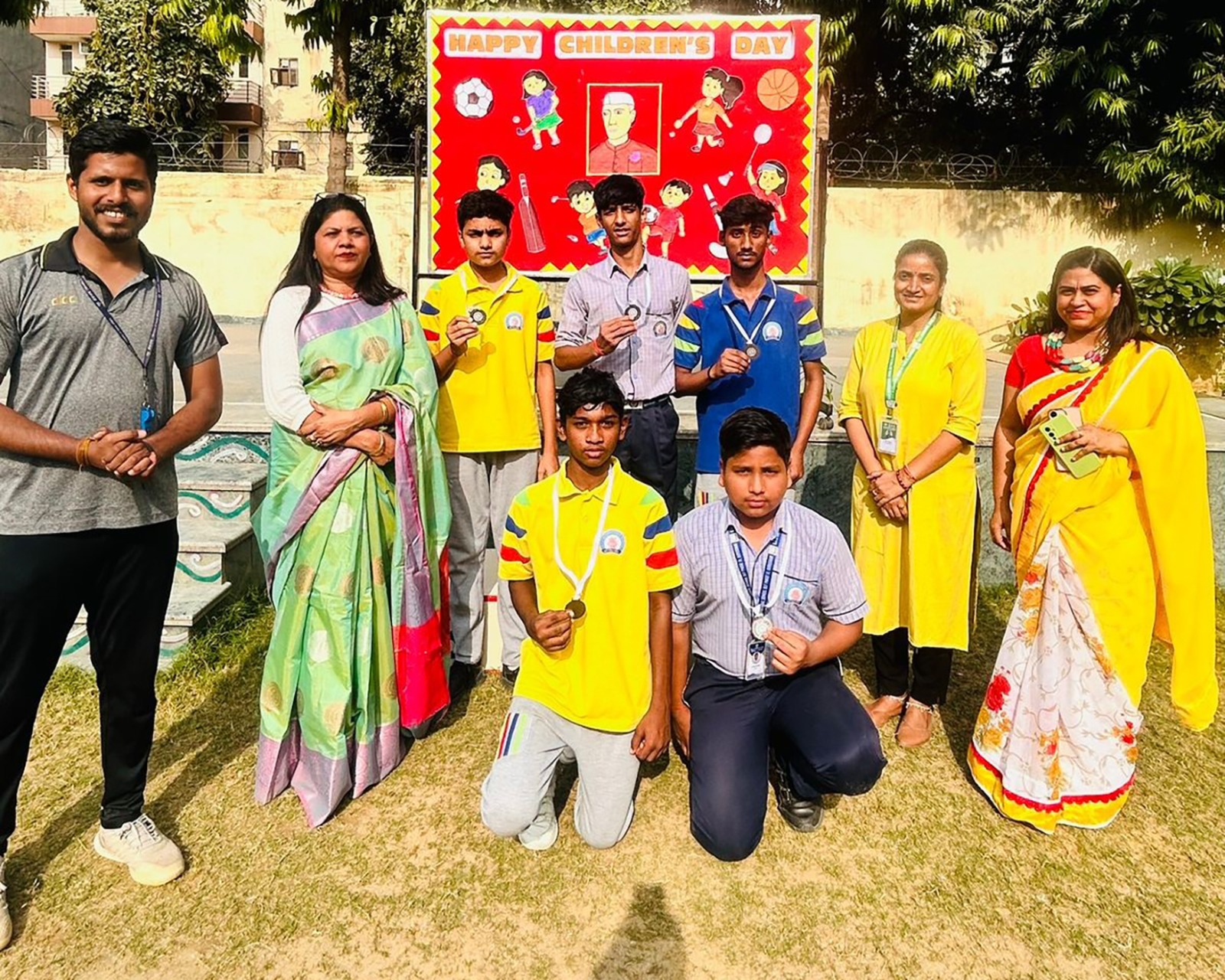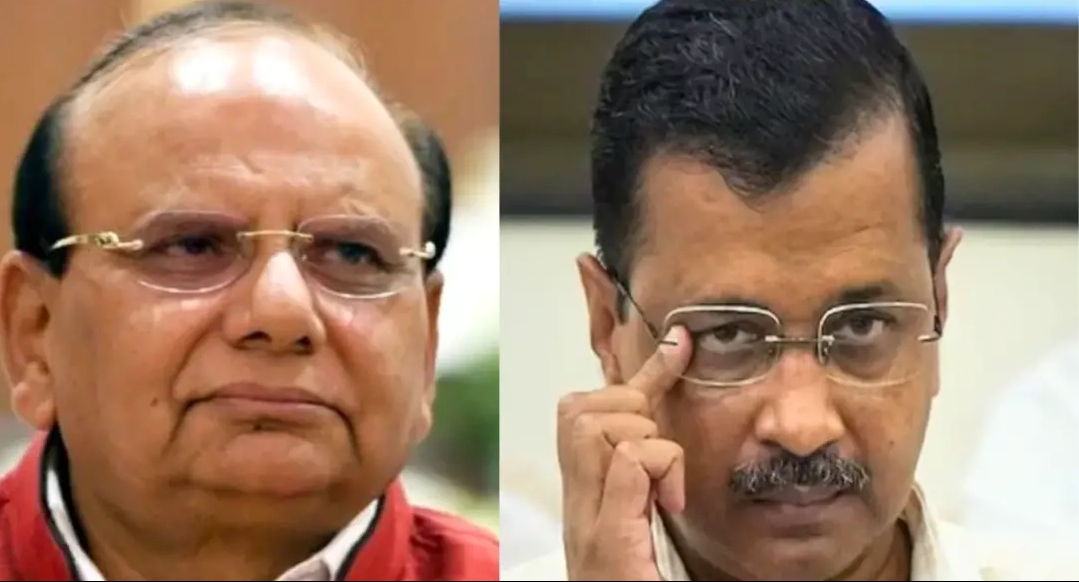By Harish Kumar Saini
It is a widespread misconception that physical education (PE) is limited to sports, games, and physical activity, while its role as a formal, structured educational discipline is often overlooked. This narrow understanding reduces physical education to mere physical exertion, ignoring its deep academic and developmental dimensions.
One of the main reasons for this misunderstanding is historical. In India, the roots of physical education lie in military-style physical training (PT), introduced and supervised by ex-servicemen. This led people to associate PE more with drills, discipline, and bodily movement than with structured learning, curriculum, and intellectual engagement. As a result, the broader scope of physical education has often been ignored.
Moreover, there is an overwhelming emphasis on sports in schools and colleges. Inter-school competitions, medals, and trophies gain more visibility than the theoretical and developmental aspects of physical education. Consequently, the idea gets reinforced that PE is just about winning matches or practicing a sport, rather than understanding human anatomy, kinesiology, health science, and holistic well-being.
Another reason is the general perception of PE as a “light” or “easy” subject. Unlike physics or mathematics, people often assume that PE doesn’t require academic effort. But in truth, physical education involves complex academic study — from understanding the musculoskeletal system to exploring exercise science, biomechanics, psychology of movement, and health education. Qualified PE teachers must study these areas in depth, often at par with other science-based degrees.
In some educational settings, the way PE is taught further contributes to this misconception. When physical education classes are seen merely as “free time” where students are allowed to play or “burn off energy,” it sends the message that PE lacks structure or academic value. This devalues the role of PE teachers and fails to show students the broader goals of the subject.
Additionally, fitness — a key component of physical education — is frequently misunderstood as being only about weight loss or body image. This superficial understanding overlooks the deeper objectives of fitness education, such as cardiovascular health, mental resilience, flexibility, motor coordination, and lifelong healthy habits.
In reality, physical education is a comprehensive field aimed at developing the whole individual — physically, mentally, emotionally, and socially. PE teaches students critical life skills such as discipline, teamwork, leadership, stress management, and goal-setting. It integrates lessons on nutrition, hygiene, mental health awareness, and preventive healthcare. Through PE, students learn not just to move but to understand movement, not just to play but to value physical literacy.
To change this perception, there is a need for awareness, curriculum reforms, and teacher training that emphasizes both the academic and developmental aspects of physical education. Only then can society appreciate physical education as an essential part of overall education — not just play, but a lifelong foundation for healthy, balanced living.



